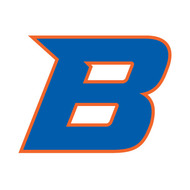When Do You? Novice Low, Japanese 101, Online
(View Complete Item Description)In this activity, students will practice talking about their likes and dislikes. They will also practice asking each other about what they enjoy. Students will also describe what they do on a daily basis.
Material Type: Activity/Lab




















